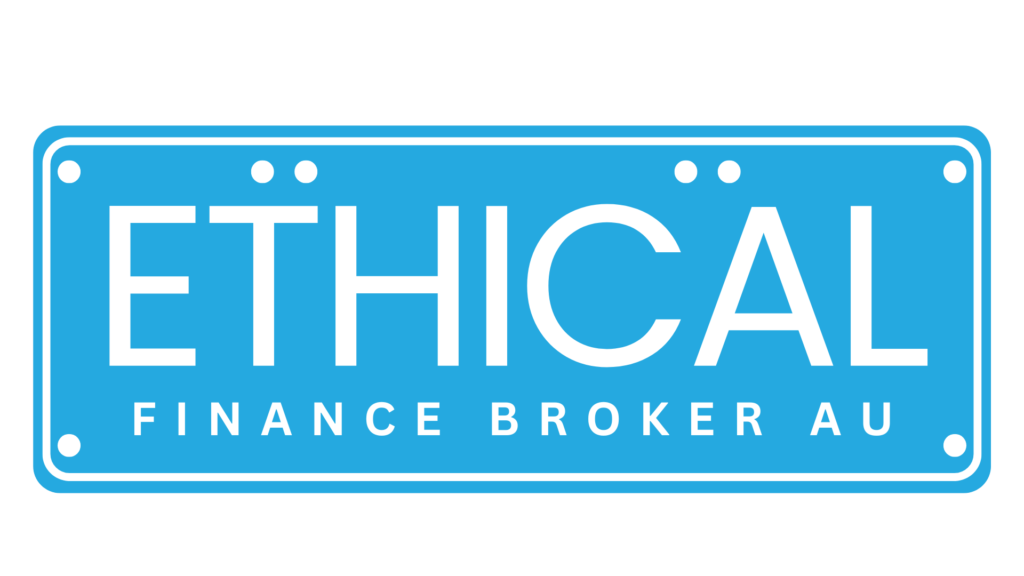How To Manage Living Expenses in Loan Applications
Published on January 2, 2025 | 3 min read
Applying for a loan involves more than just listing your income—managing and declaring your living expenses is equally important. Understanding how to budget and present your financial details can make a significant difference in your application’s success.
How Should I Budget for a Loan Application?
To budget effectively, start by reviewing your bank statements to understand your actual spending habits. Use these real figures when filling out your loan application to ensure accuracy. This gives lenders a clearer picture of your financial situation and avoids potential discrepancies.
How Should I Handle Mortgage or Rent Payments If My Partner Contributes?
If your partner contributes to your mortgage or rent payments, you can usually declare only half of the total payment. Some lenders may request proof of your partner’s income, while others might not. Providing payslips for both parties upfront can give you more options, but it’s not always a requirement.
What Income and Expenses Should I Declare?
When applying for a loan, you should declare:
- All Sources of Income: Include payslips, Centrelink benefits, pensions, or income from investment properties.
- All Expenses: List mortgage or rent, utilities, credit card payments, and any other regular outgoings.
Lenders will also review your credit file to check for open loans and credit card balances.
How Do Lenders Assess Living Expenses?
Lenders often use the Household Expenditure Measure (HEM) to calculate your living expenses. This can vary between lenders and is sometimes scaled based on your income. For example:
- One lender might estimate living expenses for a single person at $1,250 per month.
- Another lender might estimate $1,500 per month.
Lenders will consider the higher amount between your declared expenses and their internal HEM figures to assess your application.
How Do Credit Card Expenses Affect My Application?
Credit cards are treated as an expense based on their limit, not the balance. For example:
- A credit card with a $10,000 limit and a $0 balance would still be calculated as $400 per month in expenses (typically 3.5-4% of the limit).
This approach helps lenders account for potential credit usage.
What Happens If My Living Expenses Exceed My Income?
If your living expenses exceed your income, it could affect your ability to repay the loan. For instance:
- If your total outgoings are $3,750 per month and your income is $5,000, there should be enough left to cover loan repayments.
Each lender has different criteria:
- Prime Lenders: Typically have stricter guidelines.
- Subprime Lenders: May be more flexible but often charge higher rates and fees.
How Can I Ensure My Application Is Accurate?
Transparency is key when completing your loan application. Be honest about your financial situation to avoid issues during the assessment process. Using the application form on my website allows me to review your profile and provide more accurate feedback tailored to your situation.
Feel free to contact me if you have any questions or need help managing your living expenses and loan application.

Table of Contents
Contact
- 16 Ambrose Street Rockingham, WA, Australia 6168
- [email protected]
- 04 0115 1558
- 08 9525 3577

